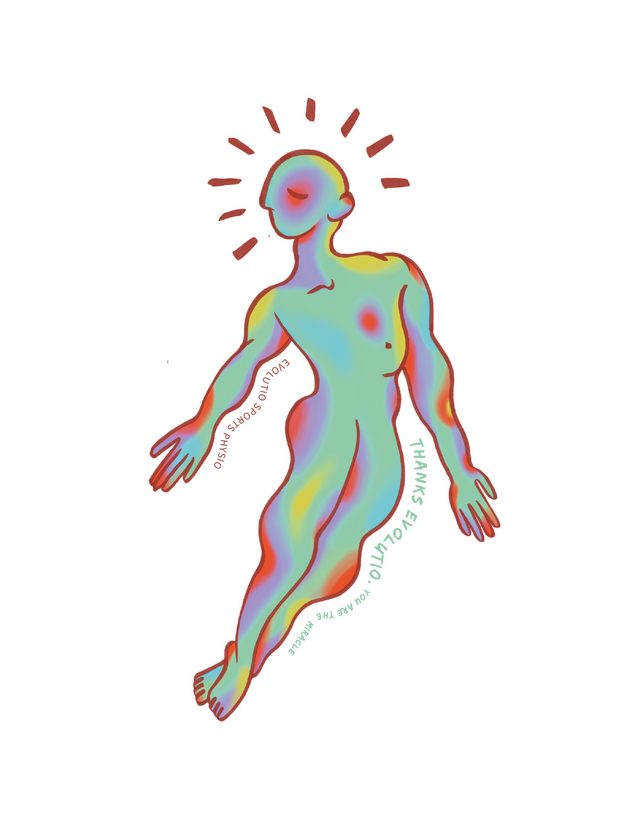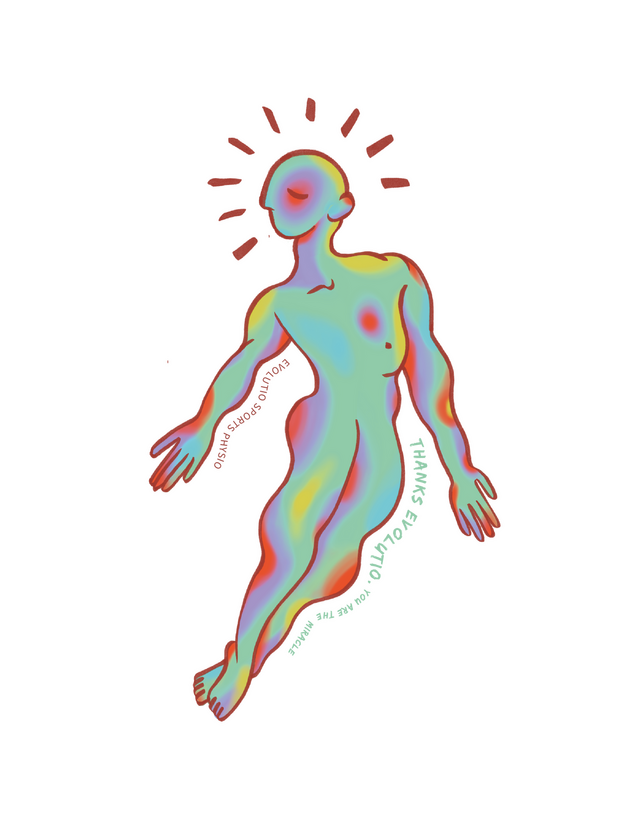The Science of the Squat
The squat has long been held as a mainstay exercise in programming for a wide range of athletes and gym-goers. From bodybuilders to powerlifters to sprinters to golfers and everyone in between, the weighted squat remains the ultimate exercise in lower body strength and power and a key to high-level athletic performance. But what makes the squat so effective? What are the factors that lead to such obvious physiological improvements? Below are but a few positive impacts the squat can have on your body.
Increased Hormone Release
Several studies (Shaner 2012, Elias et al 1997, Godfrey et al 2003) have shown an acute increase in serum testosterone following the participation of individuals in weight training, particularly that which involves the use of heavy compound exercises. Because of the utilisation in the squat of the quadriceps, gluteal complex, abdominal stabilisers and the back erectors, the squat requires an enormous amount of neuromuscular activation, which leads to a stimulation of the production of testosterone and in increase in serum testosterone levels. These levels lead to improved recovery and lean muscle gains, helping your whole workout, not just leg day.
Improved Core Strength
As mentioned above, the squat utilises a large amount of muscle groups. In order to keep a rigid lever throughout the squat action, the participant’s core stabilisers must function efficiently to ensure the weight can be lifted, and injury avoided. The relevant stabilisers (the transverse abdominus, obliques, multifidus, spinal erectors and deep hip rotators) adapt to the demands imposed on them and will improve in strength, endurance and motor control of these ‘core’ muscles (Schoenfeld 2010).
Improved Functionality and Athletic performance
Ido Portal, an Israeli ‘Movement Specialist’, describes the squat as a position of rest, from which many movements are derived. Although the concept of a rest position may be far fetched, the squat’s functional benefits cannot be ignored. The squat mimics key movements such as the sit-to-stand and the standing vertical jump that are utilised by nearly everyone on a day to day basis.
Further, the squat trains the key muscle groups for athletic performance. As well as vertical explosiveness, the activation of the glute complex, hamstrings and quadriceps can lead to improved running gait and agility (Contreras 2010), all essential in athletic sports.
Strength
The obvious benefit of heavy barbell squatting is the increase in strength. As previously eluded to, hormonal release can result in increased lean muscle mass. In addition, depending on relevant programming, repetition range and weight, the squat can also lead to muscle hypertrophy (Schoenfeld 2010) and enhanced neuromuscular activity, both important components in increasing maximal strength and power.
Injury Rehabilitation
The squat has long been used in therapeutic settings to treat a range of ailments including knee ligament lesions, total joint replacement, patellofemoral dysfunction and ankle instability (Dahkvist 1982). The closed-chain nature of the squat also ensures the exercise remains a popular choice in ACL reconstruction rehabilitation (Signorile 1997).
Summary
The above is certainly not meant to be an exhaustive list of squat benefits, as this would be significantly longer. But it is an indication of this humble exercise’s potential and its essential place in most people’s workout regimes. So whether it is heavy squats for strength, front squats for power and athletic performance, or high volume body weight squats for ‘booty building’ ensure that some fomr of squats makes it into your workout.
Matt comes from an extensive background of strength and conditioning and AFL experience, boasting dynamic and explosive skills on the field. Matt also has comprehensive experience in the Physio industry, working in depth with Knee Rehabilitation and especially ACL Reconstructions.






